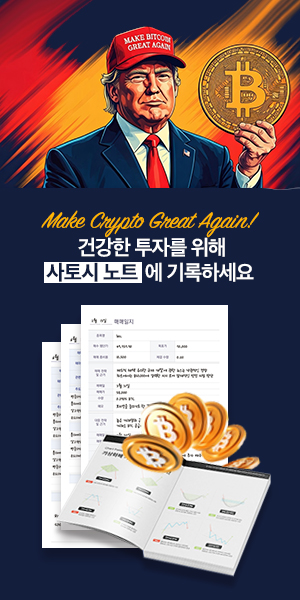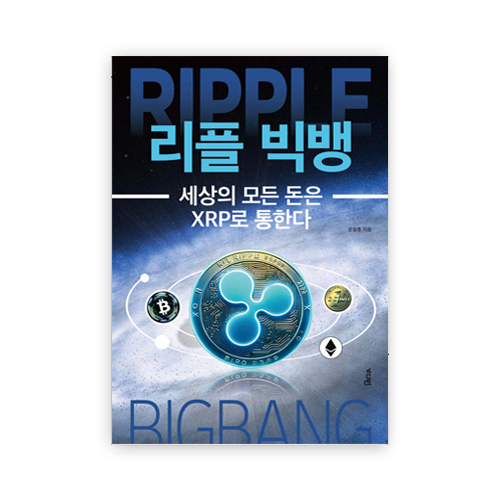 링크가 복사되었습니다.
링크가 복사되었습니다.




물가가 계속 상승하면서 우리의 구매력이 서서히 줄어들어 가는 현대 사회에서, 이러한 현상에 대해 불만을 가진 사람은 많습니다. 그러나 인플레이션만이 우리 경제를 주도하는 유일한 요인은 아닙니다.
인플레이션, 하이퍼인플레이션과 덜 알려진 디플레이션 사이의 복잡한 관계를 함께 알아봅시다.
인플레이션: 끊임없는 현상 우리 주변에서는 물가 상승에 관한 이야기와 어릴 때의 사탕 가격 변동에 대한 추억 등, 인플레이션에 관한 다양한 이야기들이 오가고 있습니다.
물가 변화: 에너지 비용, 날씨와 같은 다양한 외부 요인들이 물가에 영향을 미치지만, 지속적인 가격 상승은 통화 과잉 발행으로 인한 인플레이션을 의미합니다.
숨겨진 영향: 인플레이션은 저축자에게서 새로운 통화 발행으로 이익을 얻는 사람들에게 조용히 부를 이전합니다.
극단적인 상황, 하이퍼인플레이션: 하이퍼인플레이션은 통화 가치의 급격한 하락과 함께 물가가 폭등하는 상황을 말합니다.
과거의 예: 유고슬라비아, 짐바브웨, 베네수엘라 등은 하이퍼인플레이션의 터무니없는 현상을 경험했습니다. 최근에는 아르헨티나, 레바논, 수단 등도 이러한 위기에 처해 있습니다.
하이퍼인플레이션의 결과: 금융 시스템의 붕괴는 물론, 정치적 불안정과 심지어는 전쟁까지 초래할 수 있습니다.
디플레이션: 가격의 하락 나선 디플레이션 나선은 가격의 계속되는 하락으로 인해 경제가 침체되어 일자리 감소, 생산량 감소, 기업의 부도 등이 발생하는 현상을 의미합니다.
발발점: 경제 위기가 디플레이션의 시작을 알릴 수 있으며, 이로 인해 화폐의 가치가 상승하면서 사람들은 소비를 줄이게 됩니다.
디플레이션의 예: 일본은 지난 수년간 디플레이션 문제와 맞서 싸우고 있습니다.
디플레이션의 원인과 영향: 디플레이션의 주요 원인에는 소비 감소, 통화 공급의 축소, 상품과 서비스의 공급 증가가 있습니다. 가격이 떨어지면 소비자들은 물건 구매를 미루게 되고, 이는 생산과 고용의 감소를 초래합니다. 이러한 경제의 침체는 가격 하락을 더욱 가속화시켜 문제를 악화시킵니다.
디플레이션의 장단점:
장점:
- 소비자는 더 적은 돈으로 더 많은 제품이나 서비스를 구매할 수 있습니다.
- 초기에는 낮은 가격이 경제 활동을 활성화시킬 수 있습니다.
단점:
- 지속적인 가격 하락으로 인한 소비 감소는 기업들에게 큰 타격을 줄 수 있습니다.
- 화폐의 가치 상승으로 인해 부채의 무게가 더욱 무겁게 느껴집니다.
디플레이션 탈출 전략: 통화 조치와 재정 조치를 통해 디플레이션을 극복할 수 있습니다. 통화량의 증가나 낮은 이자율, 그리고 정부의 경제 활성화 정책 등이 그 예입니다.
비트코인과 디플레이션: 비트코인은 그 공급량이 한정되어 있기 때문에 본질적으로 디플레이션 특성을 지닙니다. 일부 비평가들은 비트코인의 가치 상승이 소비를 억제하리라 주장하지만, 생활 필수품과 기타 요구사항은 비트코인의 잠재적인 가치 상승에도 불구하고 지출을 촉진시킬 것입니다.
결론: 인플레이션과 디플레이션은 각각 다양한 문제와 도전을 경제에 가져옵니다. 현명한 정책 결정과 시민들의 교육은 이러한 경제 현상을 이해하고 대응하는 데 중요합니다.
Navigating the Economics of Inflation and Deflationary Spirals
In a world of rising prices, we often lament the persistent erosion of our purchasing power. Yet, inflation is not the only economic force at play. Let’s dive into the fascinating dynamics of inflation, hyperinflation, and the lesser-discussed deflationary spiral.
Inflation: An Unrelenting Reality
- Everyday Conversations: From discussions about rising expenses to surprise at the price of a childhood candy, inflation is a topic most have encountered.
- The Price Dance: Various factors, from energy costs to weather, influence prices. Yet, consistent price hikes suggest a deeper issue: currency inflation.
- The Invisible Hand: Inflation silently transfers wealth from savers to those benefiting from new currency issuance.
The Extreme: Hyperinflation
- Defining Hyperinflation: It’s the severe stage of inflation where the value of currency drops dramatically, leading to skyrocketing prices.
- Historical Instances: Countries like Yugoslavia, Zimbabwe, and Venezuela have suffered its brunt. Today, nations like Argentina, Lebanon, and Sudan may be inching closer to this unfortunate fate.
- Consequences: Besides financial collapse, hyperinflations can induce political instability and even wars.
The Flip Side: The Deflationary Spiral
- Defining the Spiral: A deflationary spiral is a cycle wherein falling prices reduce economic activity, resulting in layoffs, reduced production, and increased debt defaults.
- Triggers: An economic crisis can initiate this spiral, causing cash hoarding and reduced spending due to the appreciating value of money.
- Examples: Japan, for instance, has been grappling with deflationary forces for years.
Understanding the Deflationary Mechanism
- Origins: A drop in demand, tightened money supply, or increased goods and services supply.
- The Cycle: As prices fall, consumers delay purchases. Reduced demand means less production and employment. The slowing economy further reduces prices, starting the cycle anew.
- Effects on Society: While wage earners and savers might benefit, debt bearers — including governments — can suffer severe consequences.
Pros and Cons of Deflation
The Good:
- Purchasing Power: Consumers can buy more for less.
- Short-term Growth: Lower prices can spur economic activity initially.
The Bad:
- Economic Stagnation: Delayed spending can harm businesses.
- Debt Burden: As the value of money increases, so does the real weight of debt.
Breaking the Deflationary Spiral
- Monetary Measures: Increase the money supply or lower interest rates.
- Fiscal Measures: Implement stimulus measures like tax cuts or government spending programs.
- Individual Approaches: Solutions will vary based on the unique situation of each economy.
Bitcoin and the Deflationary Debate
- Bitcoin’s Nature: As a currency with a capped supply, Bitcoin is inherently deflationary.
- Economic Implications: Critics argue that Bitcoin’s appreciation will deter spending. Yet, life’s necessities and desires will likely spur Bitcoin expenditures, regardless of potential future appreciation.
- A New Perspective: Bitcoin forces us to rethink deflation’s impacts, especially in a world without debt and with finite digital assets.
Conclusion
Both inflation and deflation have their own sets of challenges and consequences. While inflation is a more familiar concept, understanding deflation — especially in the context of new currencies like Bitcoin — is essential for a comprehensive view of global economics.
레퍼런스: What Is A Deflationary Spiral? — The Bitcoin Manual
📍더 알아보기 : https://t.me/coiniseasy
📍코인이지 앱 :
IOS- https://apps.apple.com/us/app/coineasy/id6463145391
Andoid - https://play.google.com/store/apps/details?id=com.coineasy.coineasy
댓글 46개


디스나
2024.02.10 09:29:55
감사합니다


SSdc
2024.02.07 10:23:12
감사합니다


러너일이
2024.01.30 21:16:13
잘 봤습니다.


코인이지
2024.01.31 15:03:37
감사합니다


FADO
2024.01.30 11:09:17
오늘도 좋은정보 유익한 뉴스 감사합니다


코인이지
2024.01.30 12:13:29
감사합니다


Slowpoke82
2024.01.30 06:35:47
잘 봤습니다


코인이지
2024.01.30 12:13:30
감사합니다


러너일이
2024.01.29 21:12:35
잘 봤습니다.


코인이지
2024.01.30 12:13:31
감사합니다







































2024.01.23 13:13:59